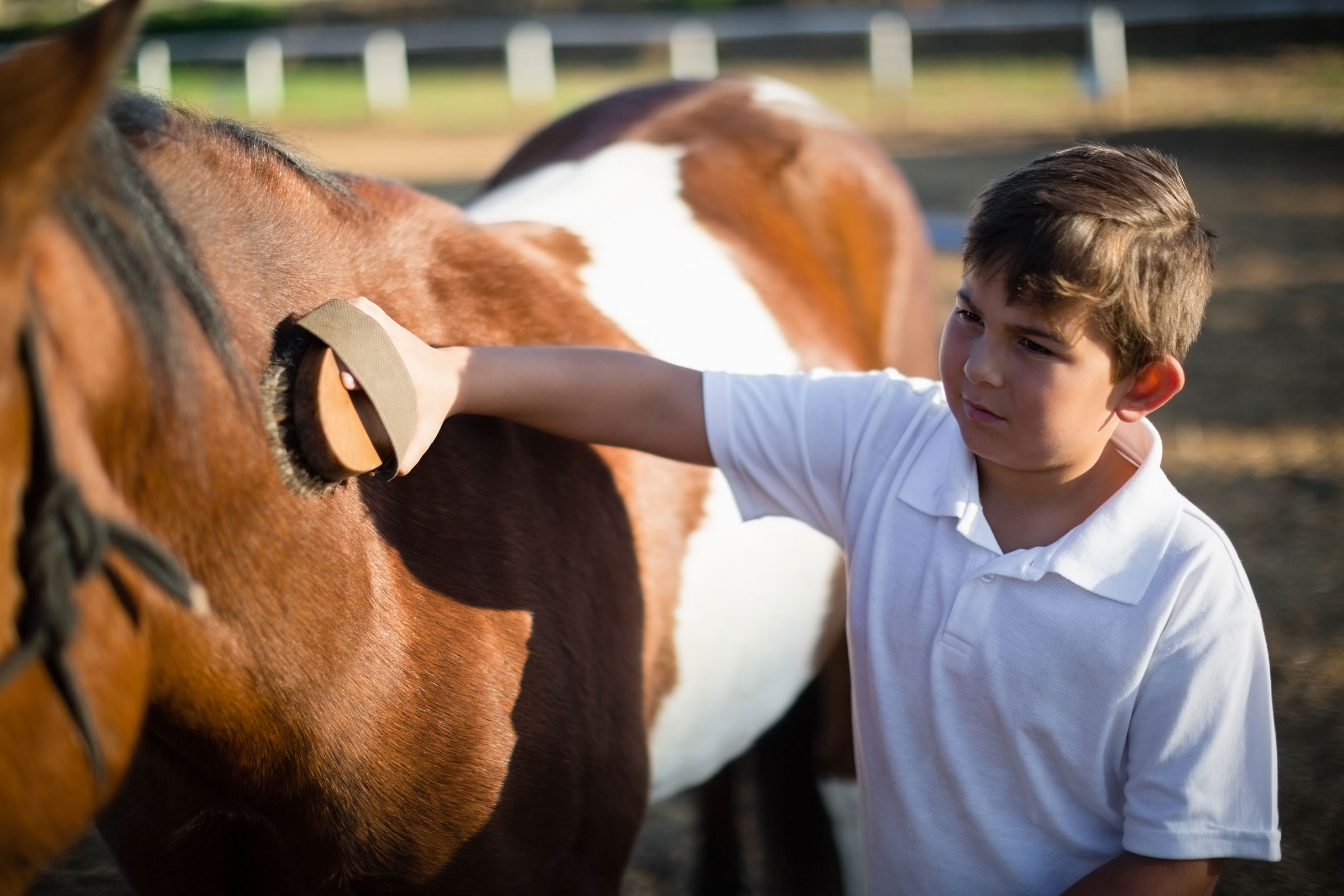
Reaching out to non-horse people and bringing them into the industry opens many doors for trainers, farriers, veterinarians and anyone making a living working with horses. Finding ways to connect with “new-to-horses” people and offering programs specifically for those clients will allow your business, and the equine industry, to flourish.
One way to reach a new audience is by using horses for educational purposes. This ranges from partnering with local schools to providing field trips to taking the horses to school to introduce students to horses and potential careers. For example, high schools that offer technical or service programs might offer an equine science focus. Those programs don’t own horses, so they look to stables to provide gentle, well-trained horses for students of all levels of experience.
One public school in New York state has partnered with a local stable as part of its mental health curriculum. Students diagnosed with clinical depression or emerging issues can take part in an equine assisted learning program hosted at a nearby stable. The students brush, walk and talk to the animals. Thinking outside the box can provide other opportunities to offer your stable’s horses for educational experiences. Connecting with civic organizations like the Girl Scouts could offer endless opportunities.
When selecting horses for educational events in the community, choose the gentlest in the herd. Use horses that don’t mind crowds and commotion. Size can be an important factor when determining which horses to bring. Larger horses can be intimidating to people without prior horse experience. The horse’s age might also be a factor. Older horses often are used because they’ve typically “been there and done that,” making them safe and reliable around newcomers.
The opportunities for using your barn’s horses in the community to introduce non-horse people to the fundamentals of caring for a horse and provide the benefits their company offers can be a win-win for you and the public.


